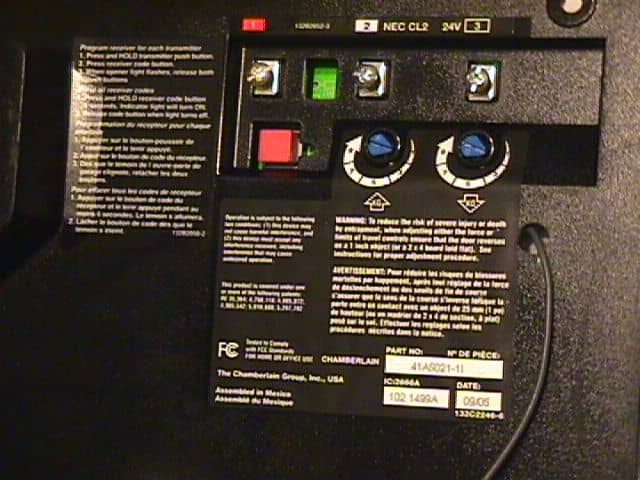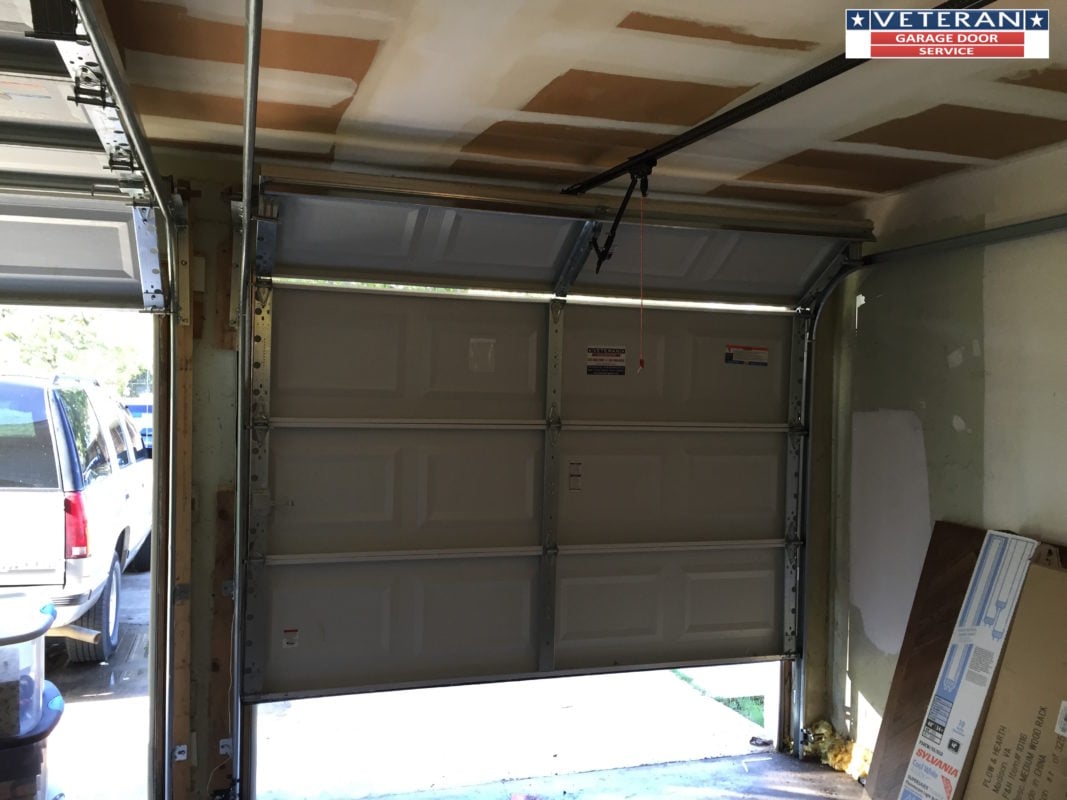
Also, at the end of every door close cycle, the motor automatically rotates down into a door locked position.
#IDRIVE GARAGE DOOR OPENER PROGRAMMING CODE#
And eliminating photo-eyes reduces the need for installer callbacks from misalignment.įor security, the idrive uses rolling code technology. The omission of wiring for the light, photo-eyes, and wall station is a significant cost advantage to builders. Wiring between the opener and the light is not required, allowing the light to be placed anywhere in a line of sight with the opener and within reach of an electrical outlet.

The articulating motor on the idrive opener provides an automatic door lock cable locks are not required. These advancements reduce the cost, making it comparable to a standard 1/2-hp opener. The use of standard household supply power makes the idrive system smaller and easier to adapt for torsion and extension spring counterbalances. The idrive opener features a pet button that opens the door to a height specified by the homeowner, a 10-second closing delay, and a side location of the release handle for easier access. The opening speed for the idrive opener is 12 inches per second compared to about eight inches per second for most traditional openers. Noise is reduced by a quiet motor and gear train and the elimination of any belt, screw drive, or chain. He says consumers will appreciate the idrive opener's advantages of less noise, less space, and greater speed.

"Because idrive's design is cleaner and less cumbersome, the garage can be viewed as more of an extension of the home." "The idrive innovation will revolutionize the way garages are viewed," says David Osso, Wayne-Dalton corporate marketing manager. Eventually, the unit will be expanded to work with common torsion and extension springs to make it compatible with almost any garage door, meeting the needs of the retrofit market. Initially, the idrive will be launched for use with Wayne-Dalton's TorqueMaster counterbalance spring system.

Introduced at the International Builder Show in February, the idrive opener requires no rail or operating arm, no photo-eyes if used with a pinch-resistant door, and features speed and quiet operation.įinal testing of the product was underway in early 2002 final launch is expected later in 2002. And it should work.Wayne-Dalton says its new idrive garage door opener contains the most advanced opener technology available. Now the BMW homelink button algorithm and the garage door algorithm are in sync. Then you go inside the garage to the door motor and put it into learn mode (usually a button), quickly get to the BMW and now push your homelink button at least twice. But the garage door motor doesnt yet know the new rotating code algorithm of the "new remote" (your BMW homelink).

The book doesnt say this.įollow the book directions: hold the button to get into learn mode, hold the remote button and the homelink button, they are now sending same signal and will work.ĭo the same as above, so now your BMW now knows the rotating code signal your remote is sending. If you have this type, you have to do the same thing with your homelink button in the BMW. If you get a new remote, you have to push a "learn" button on the motor and click your new remote a few times so now the new remote and the door both know the algorithm and they will work. If someone "reads" you transmitting to open your door, when they try to open your door they dont know the new code and they cant open your door. The remote knows the algorithm and the door motor knows the algorithm, so when you use it the door opens. Most newer garage doors have a "rotating" code meaning it sends a new code every time you push the button using an algorithm. If anyone has a "reader" near you when you open the garage, they now have the signal and can open your garage door from their "reader". If you buy a new remote you have to set the dim switches or something to get it on the same signal as your old remote. Some garage door remotes send the same signal every time.


 0 kommentar(er)
0 kommentar(er)
